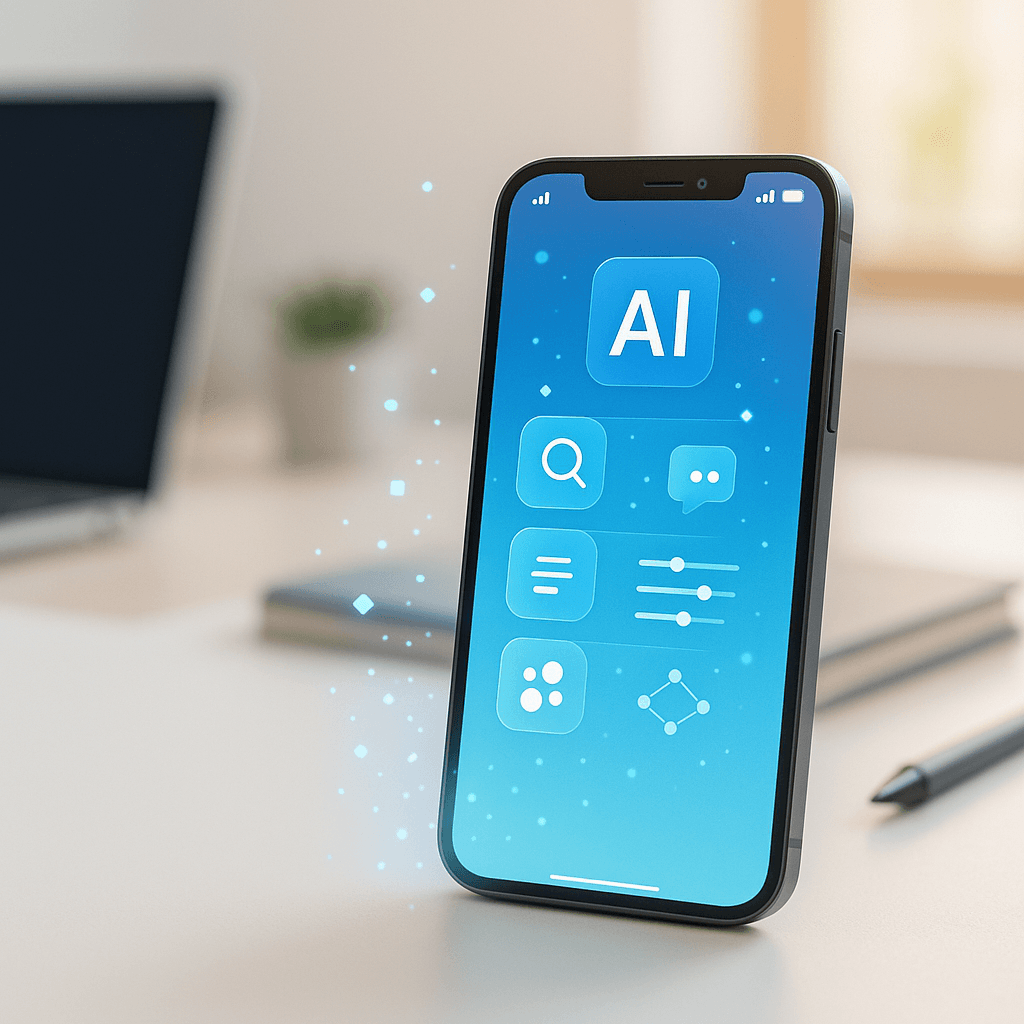The iOS 26 rollout has unleashed a wave of app updates as developers tap into Apple's Foundation Models framework for the first time. From AI-powered story creation to smart expense categorization, early adopters are showing how local AI can enhance user experiences without sacrificing privacy or requiring cloud connectivity.
The developer community is moving fast on Apple's latest AI opportunity. After months of anticipation since WWDC 2025, iOS 26's public release has triggered an immediate response from app makers eager to integrate local AI capabilities into their products.
Apple positioned the Foundation Models framework as a game-changer for developers, eliminating the typical costs and complexity of cloud-based AI inference. The framework provides guided generation and tool calling capabilities, but with a crucial limitation - these models are intentionally smaller than what you'd get from OpenAI, Google, or Meta.
That constraint is shaping how developers approach integration. Instead of trying to replace core app functionality, they're focusing on smart enhancements that make existing workflows smoother. The results are already appearing across different app categories.
Children's education app Lil Artist demonstrates one of the more creative implementations. Developer Arima Jain built an AI story creator that lets kids select characters and themes, then generates complete narratives using the local model. It's exactly the kind of feature parents want - engaging AI content without any data leaving the device.
Finance app MoneyCoach shows how local AI can add real value to productivity tools. The app now provides spending insights, like flagging when grocery expenses exceed weekly averages, while also automatically suggesting expense categories for quick data entry. Both features happen entirely on-device, addressing privacy concerns that often plague financial apps.
[embedded image: MoneyCoach interface showing AI-powered spending insights]
The word-learning app LookUp took a particularly ambitious approach, implementing two distinct AI-powered modes. The first generates contextual examples for vocabulary words and asks users to explain usage in sentences. The second creates visual etymology maps showing word origins - a feature that would typically require extensive server-side processing.
Task management apps are seeing significant adoption too. The Tasks app now suggests tags automatically, detects recurring items for scheduling, and can break down voice notes into actionable task lists without any internet connection. It's the kind of seamless experience users expect but rarely get from productivity tools.












